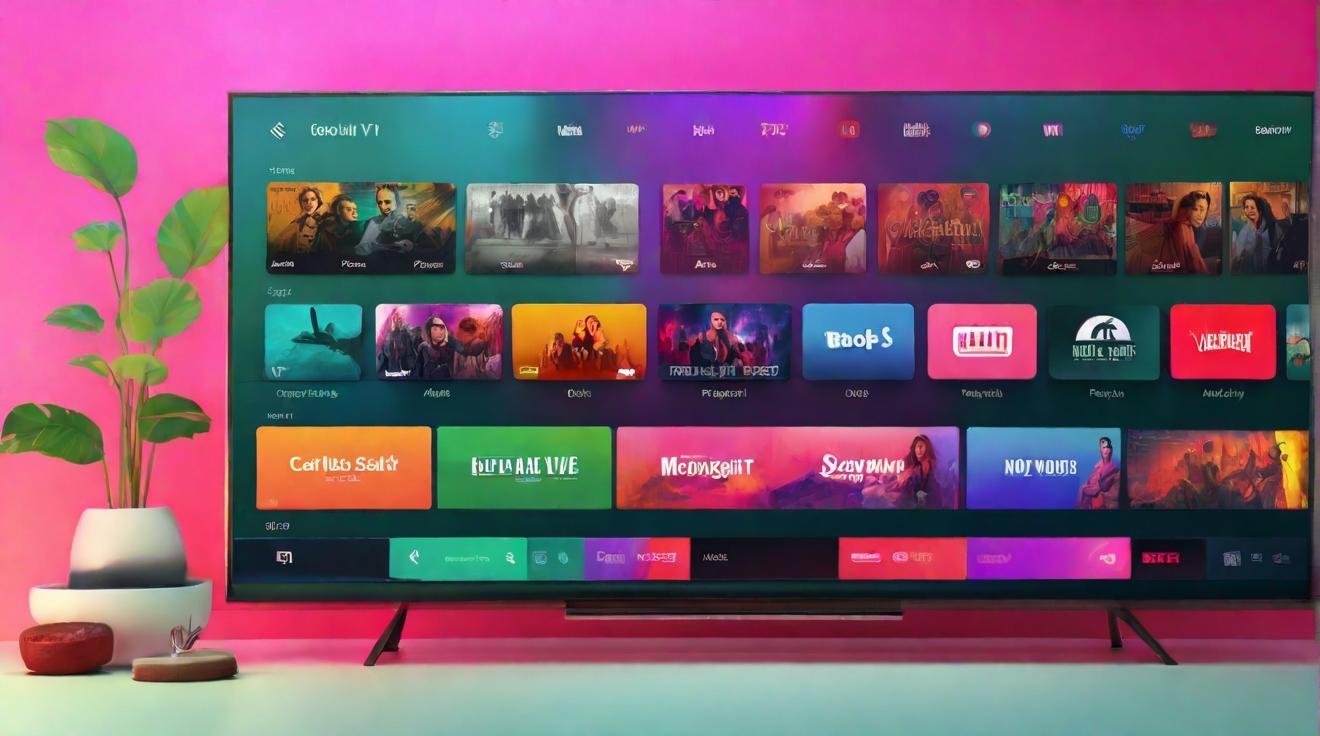Pandora's ERC-404 Standard Introduces Unique Concept to NFT Sector
A groundbreaking project called Pandora is leading the way in the world of Non-Fungible Tokens (NFTs) with the introduction of the ERC-404 standard. This innovative standard allows for the seamless conversion between NFTs and fungible tokens, combining the benefits of uniqueness and liquidity. With a collection of 10,000 NFTs, Pandora has created a new concept in the market.
PANDORA tokens, based on Ethereum's ERC-20 standard, are linked to each of the 10,000 NFTs in the Pandora collection. When a PANDORA token is purchased from a liquidity pool, it generates a one-of-a-kind "Replicant" NFT. If the PANDORA token is sold, the corresponding Replicant NFT is permanently removed from circulation.
The ERC-404 standard also introduces semi-fungibility, allowing for dynamic interactions between a fungible token and its NFT counterpart. This means that when an NFT is moved between wallets, it has the ability to "regenerate" and display new characteristics. This opens up possibilities for fractional trading, as NFTs can be minted or burned based on the ownership status of PANDORA tokens.
Since its launch on February 2, Pandora's experimental and unaudited NFT standard has generated a trading volume of approximately $95 million. However, despite this initial success, the value of PANDORA has dropped by 55% in just one week, trading at around $14,400 as of February 9.
Following Pandora's lead, other developers have begun experimenting with similar concepts. One such concept is the DN-404 standard, which aims for NFT fractionalization while adhering to Ethereum's existing ERC-20 and ERC-721 standards. It's worth noting that neither ERC-404 nor DN-404 has been recognized as an official standard by the Ethereum Foundation. Their recognition is pending a successful Ethereum Improvement Proposal (EIP).
The introduction of 404-type standards is seen as a promising development for the NFT market, potentially solving the issue of illiquidity by enabling fractional trades. Additionally, the movement-induced "re-roll" mechanism introduced by the ERC-404 standard could have implications for Web3 gaming.
In other news, the famous auction house Sotheby's is hosting an auction for a unique digital collectible called EtherRock. Bids for the early digital collectible are expected to reach between $500,000 and $700,000, showcasing the sustained high interest in the world of digital collectibles.
In the blockchain and AI space, Deutsche Telekom has formed a partnership with Fetch.ai to support the development and monetization of AI tools. This collaboration marks a significant corporate venture into blockchain technology. Furthermore, Telefonica has teamed up with Chainlink to enhance security measures against SIM swaps, utilizing blockchain technology to bolster telecommunications security.
Analyst comment
Positive: The introduction of the ERC-404 standard in the NFT sector allows for the conversion between NFTs and fungible tokens, improving liquidity and merging uniqueness with tradability. Other developers are also experimenting with similar concepts, showing promise for the market and potentially addressing the issue of illiquidity.
Negative: The value of the PANDORA token has dropped by 55% in a week, indicating volatile market conditions and potential investor concerns about the new NFT standard.
Neutral: Sotheby’s hosting an auction for an EtherRock demonstrates the continued high interest in digital collectibles. Deutsche Telekom’s partnership with Fetch.ai and Telefonica’s collaboration with Chainlink show increasing corporate ventures into blockchain technology.













